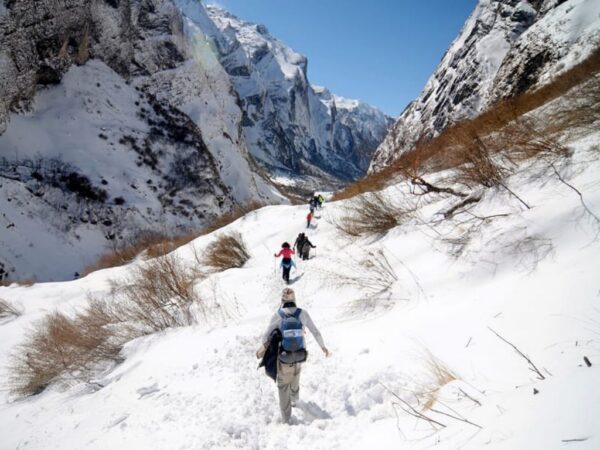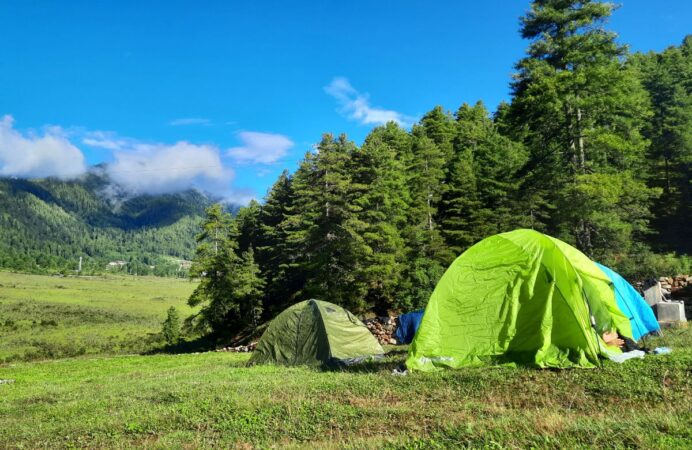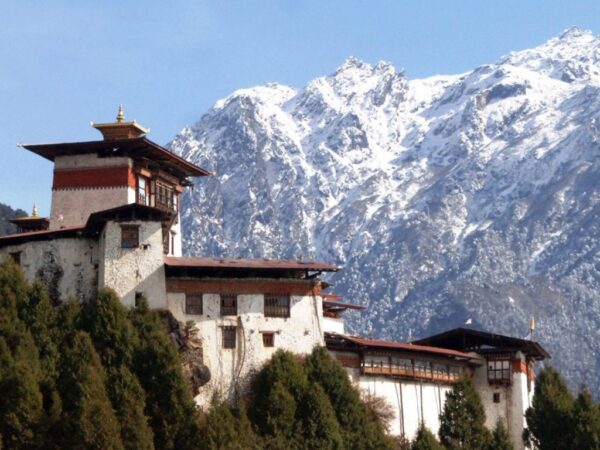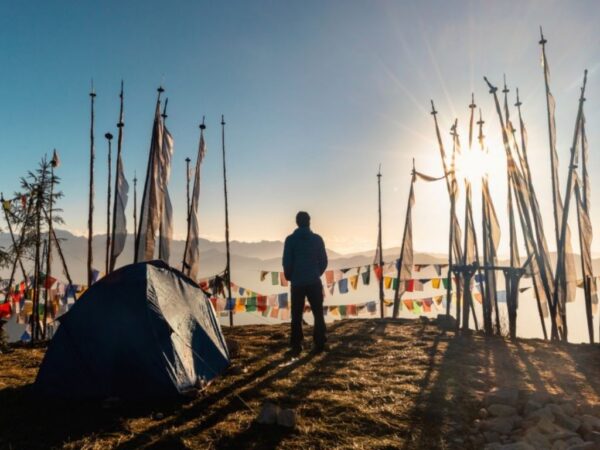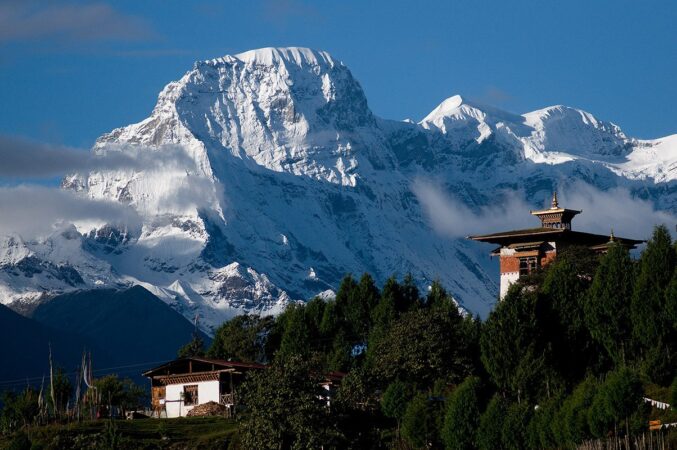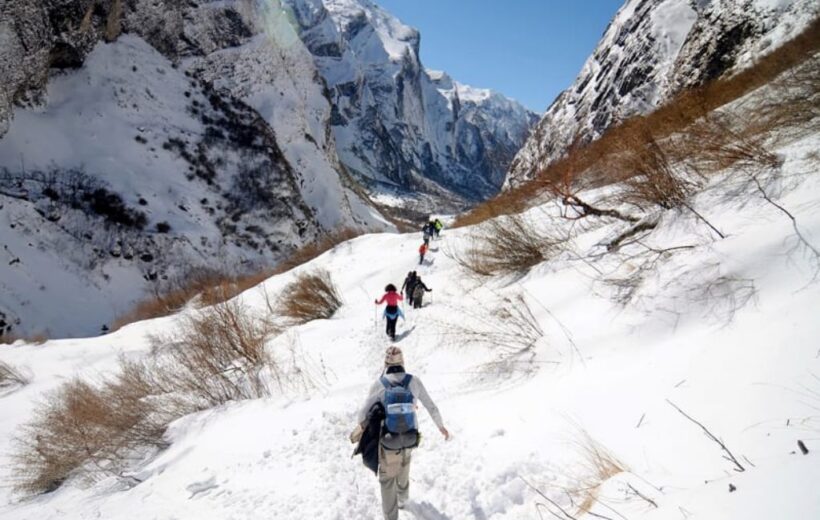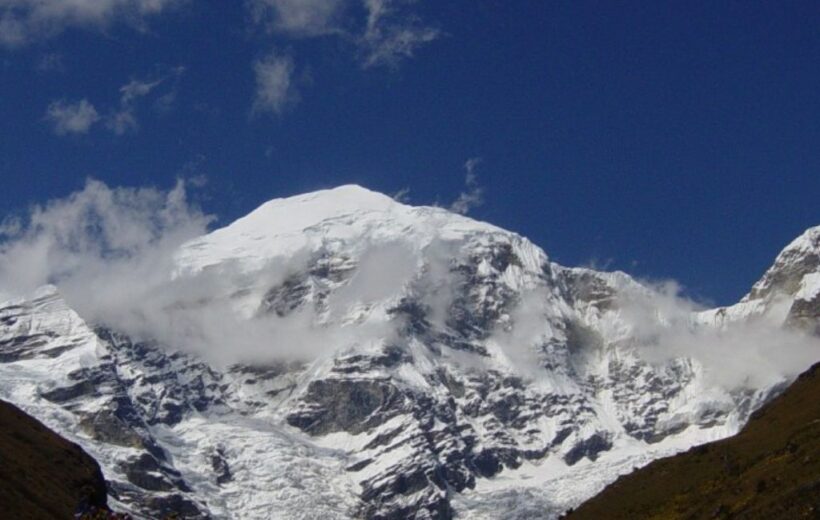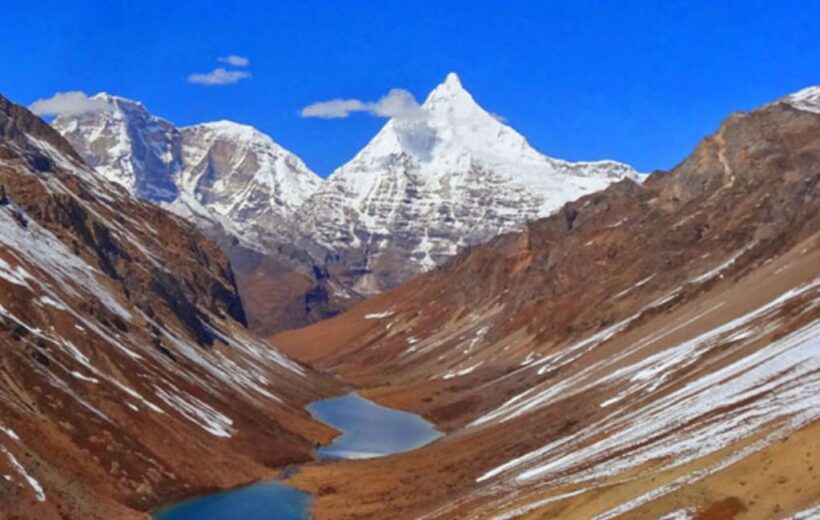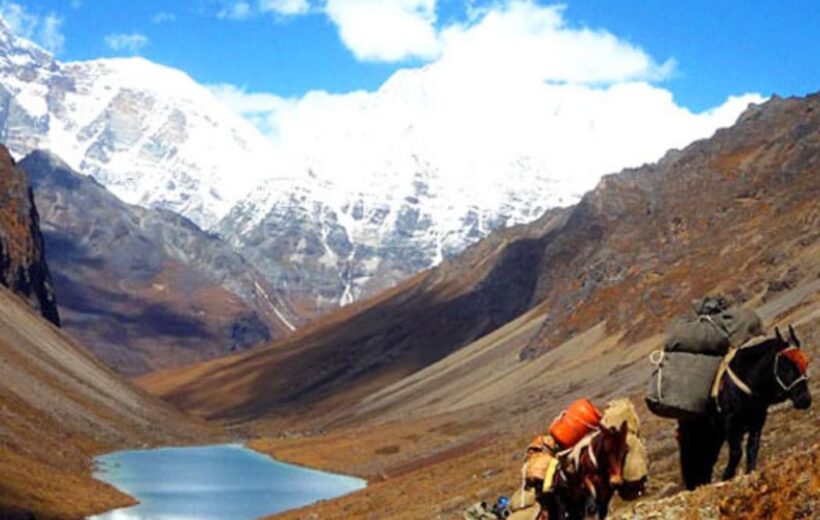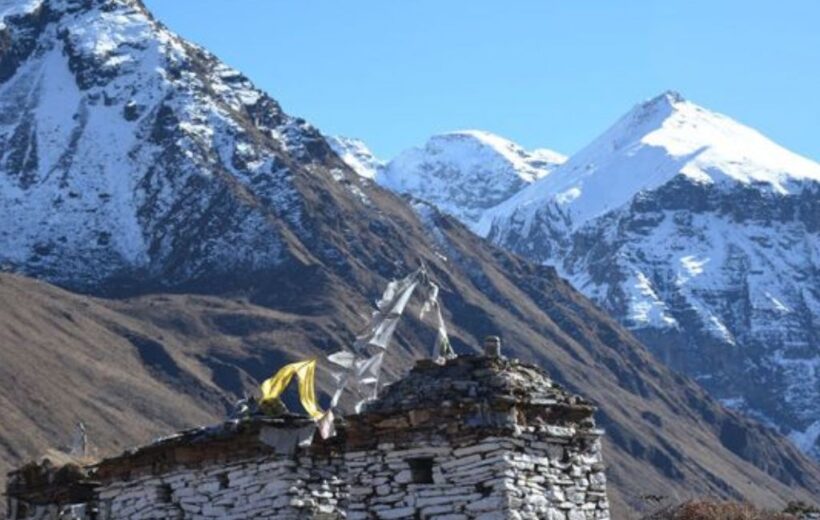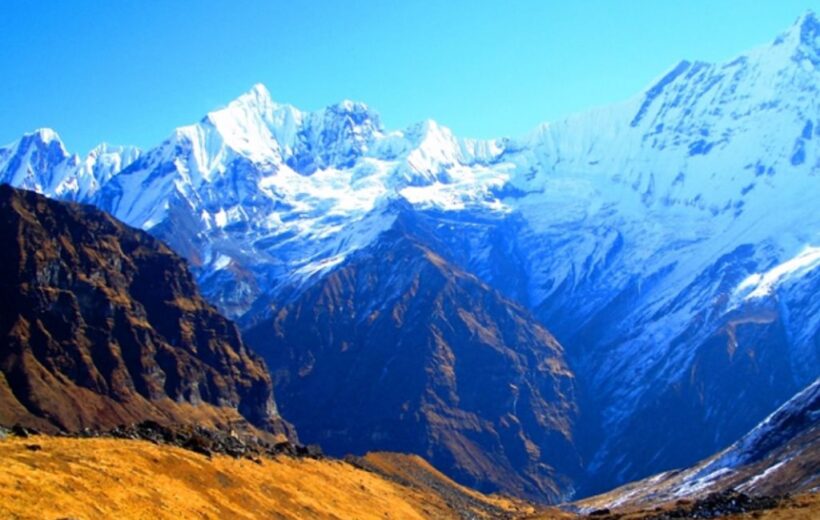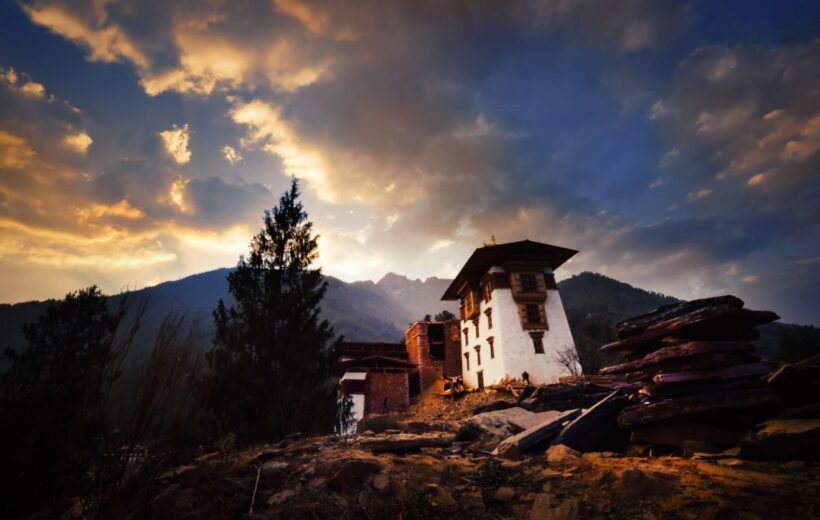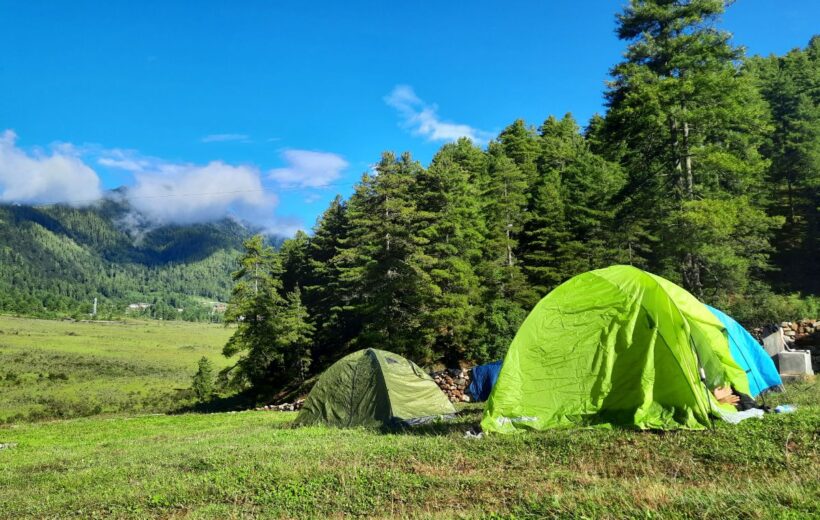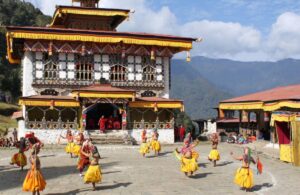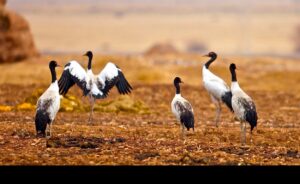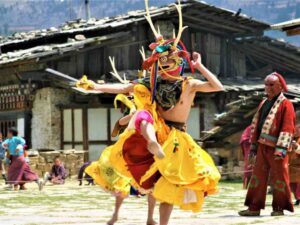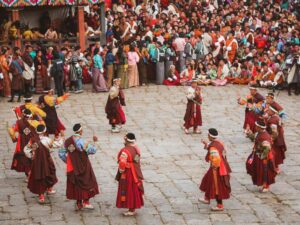Overview
The Duer Hot Spring Trek is a nine-day adventure in Bhutan, beginning in Duer and leading to the scenic Gorsum. From Gorsum, the trail ascends to Lungsum and then to Tsochenchen, where the trek continues towards the highlight—Duer Tsachu, a natural hot spring. After a day of relaxation at Duer Tsachu, the journey retraces its steps back to Tsochenchen, Lungsum, and Gorsum, finally descending towards Duer Village. The trek offers a blend of stunning landscapes, challenging paths, and the rejuvenating experience of Bhutan’s renowned hot springs.
Included/Excluded
- The Bhutan SDF
- All accommodations
- Meals and mineral water
- A licensed English-speaking guide
- A driver and vehicle
- Air fare
- A visa fee of US$40
- Alcohol
- Gifts/Souvenirs
- Travel insurance and personal bills
- Museums & Monument Fees
Tour Plan
Day 1: Duer – Gorsum
The trek route follows the Yoleng Chhu, a river known for its abundance of trout. The trail from Bumthang to Gorsum is a gradual climb.
Day 2: Gorsum – Lungsum
The trail leads through a dense forest of Spruce, Hemlock, Cypress, Juniper and Maple. It ascends gradually to the campsite.
Day 3: Lungsum – Tsochenchen
The vegetation along the route is similar to places crossed the previous day. Near the campsite the vegetation thins out and the camp is made above tree line.
Day 4: Tsochenchen – Duer Tsachu
The trek from Tsochenchen is uphill all the way until Juli La. If the day is clear, you will have a great view of the surrounding mountains from the pass.
Day 5: Duer Tsachu
As the highlight of the trek, today will be spent resting at the Duer Tsachu. After a late breakfast, relax in the rejuvenating hot springs or take a leisurely hike around surrounding areas.
Day 6: Duer Tsachu – Tsochenchen
Return by the same route taken on day four. The journey will be even tougher than before as there is slightly more climbing than descending.
Day 7: Tsochenchen – Lungsum
Return by the route taken on day three.
Day 8: Lungsum – Gorsum
The trail descends gradually from the campsite. It leads through dense forest of Spruce, Hemlock, Cypress, Juniper and Maple.
Day 9: Gorsum – Duer Village
From Gorsum the trail descends gradually until the bridge near Duer village, where you reach the road head.
Tour Map
You may like
Frequently asked question
Itinerary is always flexible if you are travelling in a smaller group. You have a choice of eating in a different restaurant, however, the menu depends on the chef and usually it is a set menu but not necessarily the same menu every day.
It is in the tourism industry but it is not compulsory. It actually depends on the service rendered to you.
Yes, things that are not included in the tariff are all beverages, telecommunications, tips, laundry, massage and souvenir shopping.
Bhutan is well connected and every town has IDD services. Internet cafes are available almost everywhere. Cell phones can also be used but you need to get Bhutan prepaid SIM Card and recharge it. Recharge vouchers are available at every second shop in town.
You can exchange money in the banks as well as in the hotels were you are staying. Rates will be better in the banks plus US$ is acceptable in almost all of the shops in town.
It cannot be safer anywhere else in the world.
Bhutan is all season tourist destination for cultural tours. However the month of February, March, April, and September, October, November are considered the best time due to pleasant weather conditions. December and January are winter months and June, July and August, the rainy season. It is important to note that the climatic conditions during the winter months are not extreme. The average temperature would range from 10-17 degree Celsius during day time.
The money you have transferred will be with held by the Tourism Council of Bhutan till the day you depart. Travel Agents can only withdraw the money after your departure upon submitting your tour invoice. Therefore, your money is safe.
It is government rule that total tour payment must be remitted without which the government will not issue the visa.
Decide the number of days you want to spend in Bhutan according to your interest and budget.
Decide the date and the port of entry (You can fly into Bhutan from one of these cities; Bangkok, Katmandu, New Delhi, Calcutta and Dacca) into Bhutan.
Fill up the visa application form (You can download the visa application form here).
Remit the total tour payment (You can download the money transfer details here). It is government rule that total tour payment must be remitted without which the government will not issue the visa.
Once we have confirmed dates, port of entry, dully filled visa application form, and money received, we will process your visa.
Except for travelers from India, Bangladesh and Maldives, all visitors to Bhutan are required to obtain visa approval prior to their arrival, which will be processed by us.
Tourism is not restricted but the minimum daily tariff is set by the government. It is also necessary that all tourists must come through a registered tour operator to plan your itinerary and process your visa. Tourist cannot come on their own unless they are invited guest.
Druk Air operates daily flight (once daily) from Bangkok (Thailand) and four flights a week from New Delhi, Kathmandu and Calcutta (India) and two flights a week from Dacca (Bangladesh). There are different flight schedules for the summer and the winter seasons. For Druk Air schedules click on Flights Details or you can also visit Druk Air web site at www.drukair.com.bt . You can also enter Bhutan via Bagdogra Airport, Siliguri (West Bengal) in India. It has regular flights from New Delhi (twice daily).
Bhutan is connected to the outside world through Druk Air (Royal Bhutan Airlines), the national carrier which is the only airline operating flights in and out of the kingdom.

